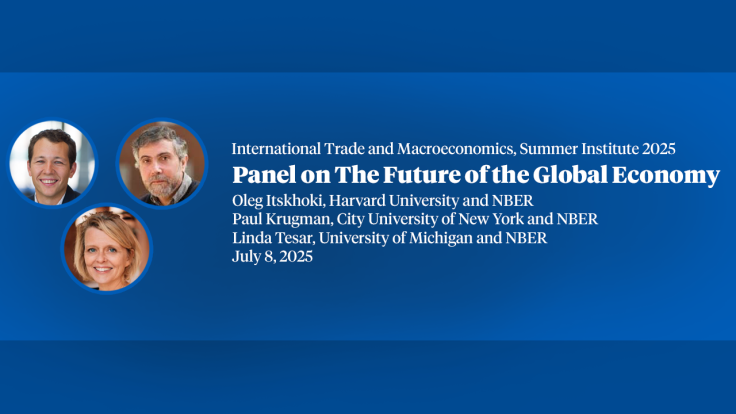What Does Consulting Do?
This paper provides the first systematic and comprehensive empirical study of management and strategy consulting. We unveil the workings of this opaque industry by drawing on universal administrative business-to-business transaction data based on value-added tax links from Belgium (2002-2023). These data permit us to document the nature of consulting engagements, take-up patterns, and the effects on client firms. We document that consulting take-up is concentrated among large, high-labor-productivity firms. For TFP and profitability, we find a U-shaped pattern: both high and low performers hire consultants. New clients spend on average 3% of payroll on consulting, typically in episodic engagements lasting less than one year. Using difference-in-differences designs exploiting these sharp consulting events, we find positive effects on labor productivity of 3.6% over five years, driven by modest employment reductions alongside stable or growing revenue. Average wages rise by 2.7% with no decline in labor’s share of value added, suggesting productivity gains do not come at workers’ expense through rent-shifting. We do observe organizational restructuring with small increases in dismissal rates, and higher services procurement but reduced labor outsourcing. Our heterogeneity analysis reveals larger productivity gains for initially less productive firms, suggesting improvements in allocative efficiency. Our findings broadly align with ex-ante predictions from surveyed academic economists and consulting professionals, validating the productivity-enhancing view of consulting endorsed by most practitioners though only half of academics, while lending less support to a rent-shifting view favored by many economists.
-
-
Copy CitationGert Bijnens, Simon Jäger, and Benjamin Schoefer, "What Does Consulting Do?," NBER Working Paper 34072 (2025), https://doi.org/10.3386/w34072.Download Citation


